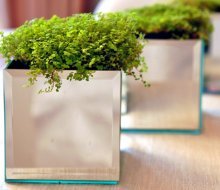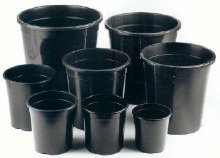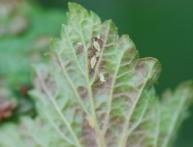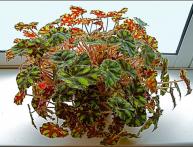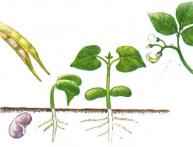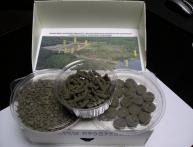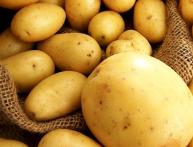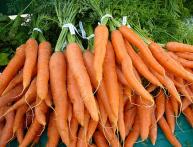Choosing seedling pots: what you should pay attention to
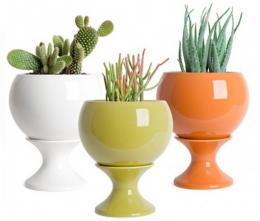
Growing seedlings is an important stage in obtaining good planting material for a vegetable garden, orchard, or flower garden. It is customary to grow through seedlings:
- tomatoes
- cabbage
- peppers
- eggplant
- many flowers
- watermelons
If we are talking about a small number of seedlings, then it is possible to use improvised material.
In the case when you need to provide a decent plot of land with seedlings and several crops are grown at once, it is better, more convenient and safer to use factory-made seedling pots.
Content:
- Containers for seedlings made of wood
- Seedling pots, plastic containers
- What to look for when choosing a pot
- Seedling cassettes, mini- and micro-greenhouses, onion containers, pallets
Containers for seedlings made of wood
When choosing seedling boxes or pots, it is important to remember that the plants will be in them for two to three months, so they need to be watered regularly, fertilize, rearranged and possibly transported.
Therefore, seedling pots must have a certain strength and some other characteristics.
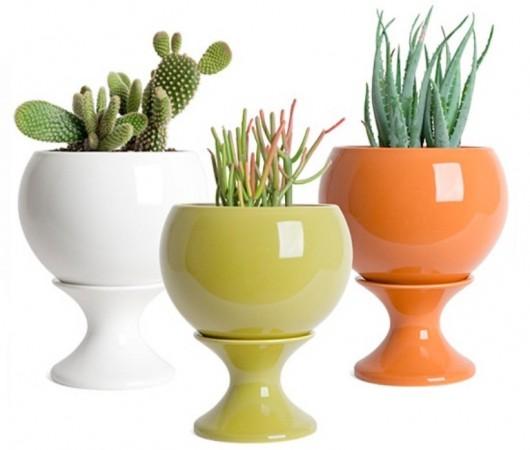
Many gardeners and gardeners use wooden boxes for sowing seedlings. They have a significant advantage, since they are very durable, withstand transportation and any movement, and they serve faithfully for ten years.
Methods for sowing seeds in boxes:
- Most often, seeds are sown in wooden boxes by continuous sowing and in the future the seedlings will need to be transplanted.
- By inserting a plastic separating grid inside the box, you can grow seedlings that do not require picking in individual cells up to landings in the ground.
But every season, such boxes must be thoroughly disinfected with fungicides before new crops, which is a significant disadvantage of this type of seedling containers.
In addition, the weight of the soil and seedlings is added to the weight of the tree itself from which the boxes are made, which makes them difficult to move.
Seedling pots, plastic containers
Plastic products for growing seedlings are much lighter in weight than wooden ones. They are produced from plastic of various thicknesses and densities.
The thicker the walls and harder the plastic, the longer the seedling pots last. In addition, many options are available in both volume and shape, which allows you to choose plastic pots for any type of seedlings. A significant disadvantage may be the use of unsafe plastic.
Peat and cardboard cups and pots
The use of disposable peat and cardboard containers has its advantages, especially for plants that do not require picking:
- The seedling grows in such cups throughout the entire period and is planted together with it in the ground without damaging the earthen clod and root system. Containers made of peat or cardboard have a number of advantages.
- Each plant grows individually in them, they are lightweight, and if you install them in a special plastic tray, they are easy to maintain.
The disadvantage is that the walls are breathable and the soil dries out very quickly. If you delay watering, the seedlings may die.
In addition, sometimes when transplanting into the ground, a cup of peat or cardboard does not dissolve in time and inhibits the growth of the root system.It is advisable to make a side cut on the glass or pot before planting.
Handy containers for seedlings
To save money, many summer residents use cups of yogurt, juices, plastic bottles of milk and other drinks.
The advantage of such containers is their zero cost, and the disadvantage is the impossibility of completely disinfecting them after food products.
Evaluating certain containers for seedlings, we can conclude that it is most convenient to use plastic pots.
What to look for when choosing a pot
Pot size
Modern industry produces seedling pots of various volumes and sizes:
- The smallest ones are 50 ml. They are suitable for crops requiring mandatory picks.
- Pots measuring 100 - 200 ml are suitable for both continuous cultivation of seedlings and for replanting plants after picking.
- For seedlings that grow over a long period of time and develop a powerful root system, volumetric pots of 500 ml or more are suitable.
In addition to volume, the height of the walls is important, ensuring the depth of the earthen layer for the proper development of the root system. It is optimal to take pots with a height of at least 5 cm.
Shape of pots
Which form should you prefer?
- If we consider the shape of the seedling pot from the point of view of convenience, then it is, of course, a square; such pots become dense and take up less space. But compared to round pots, they require significantly more soil/
- For round pots, the same number of seedlings will require about 1/3 less land, but they will take up more space/
- As an option, there are rectangular plastic boxes of various lengths and widths for continuous sowing of seedlings.It is most convenient to plant seedlings of crops in them with obligatory picking.
Durability and safety
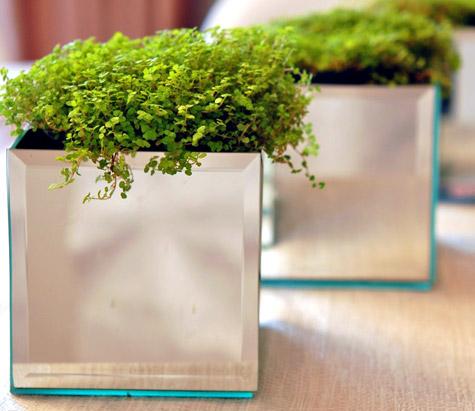
When choosing pots for seedlings, you should pay attention to the material from which they are made:
- It is safer to use polystyrene pots, since this is the material used to make food containers.
- Pots made of polyvinyl chloride can have a harmful effect on seedlings, since this material contains chlorine.
When selecting pots for seedlings, it is better to choose those with a wall thickness of at least 2 mm. The walls of such pots are quite rigid, there is no fear that they will be damaged when rearranged or transported. In addition, these pots will last for several seasons. If the wall of the pot is 1 mm, then it is unlikely to last more than one season.
As a rule, all seedling pots have special drainage holes.
In addition to single pots and boxes, there are cassette-type pots and other devices for sowing seedlings.
Seedling cassettes, mini- and micro-greenhouses, onion containers, pallets
Cassettes for sowing seedlings are plastic or cardboard pots connected to each other.
They are more convenient when growing large quantities of seedlings. There are cassettes with a wall thickness of 3 mm; they can withstand five to six seasons, so they are suitable for both amateur and semi-industrial growing of seedlings.
Mini-greenhouses are pots connected into a cassette, equipped with a high lid made of transparent plastic. Very convenient for growing a small number of seedlings on the windowsill in an apartment.
Currently, you can purchase microgreenhouses, which are essentially a plastic bag with fertilized peat soil inside.
By laying it on any flat surface and making the holes necessary for sowing seeds, you can grow a wide variety of crops in it.
Containers for bulbous These are pots for sprouting bulbous crops with numerous holes in the side walls.
In addition to the usual pots, you can purchase special trays, in which you can not only install several pots at the same time, but also carry out bottom watering of seedlings.
Based on a very large assortment of seedling pots, you can always choose the most convenient ones for future tomatoes, cabbage, strawberries, flowers and other plants.
Video on how to best choose pots for seedlings and flowers:
Interesting information about the vegetable garden

